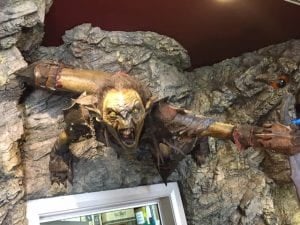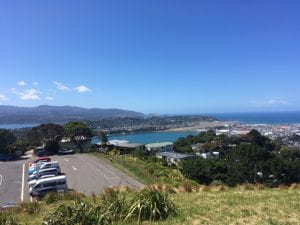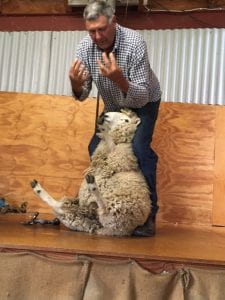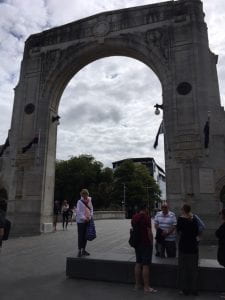Victoria and I begin the journey to Montgomery today to join a “Civil Rights Conference,” sponsored by Road Scholar. Over 250 will be attending for seven days of lectures, site visits, and reflections on the struggle against racism. I am just beginning to note that the tide of “civil rights” is opposing a powerful undertow dragging us back toward white supremacy.
In preparation I read a chapter from the revealing critique of history textbooks Lies My Teacher Told Me (James W. Loewen),. Only two chapters of this book address the growth and resilience of racism in the United States. I am going to base my observations on one powerful, influential lie: that the United States has followed unbroken progress toward eliminating racism since the Civil War. I am quoting exclusively from Chapter 5 (“Gone with the Wind”) of this very well-documented text, which I recommend to teachers and critical readers of every age from middle school to lifelong learners.
Loewen agrees with Bryan Stevenson that the oppression of African slaves originates in the genocide of Native Americans, which he documents in Chapter 4. The implicit belief in a sub-species of humanity was a key move to justify the brutality toward non-white peoples of our early history. The transition from genocide to human slavery was very smooth.
First, Loewen looks at the “Gay Nineties.” During this period the United States suffered its second worst depression, as well as numerous strikes, notably the Pullman and Homestead strikes. At best the “Gay Nineties” as a title for this decade is a misnomer. Rayford Logan called 1890-1940 “the nadir of American race relations.” Why should this period be even worse than the century before the Civil War?
In 1890 the Mississippi legislature removed African Americans from citizenship in its state Constitution. Without any federal resistance, all other southern states, including Oklahoma, followed suit. In 1896 Plessy vs. Ferguson upheld segregation. Loewen suggests this comprehensive definition of segregation for American History textbooks: “a system of racial etiquette that keeps the oppressed group separate from the oppressor when they are doing equal tasks, like learning the multiplication tables, but allows intimate closeness when the tasks are hierarchical, like cooking or cleaning for white employers” (163). What this reveals is that segregation was pervasive, not confined to schooling, and that it did not prevent the oppressed class from working within the living quarters of their employers. As most of us know, Plessy continued as the law of the land until 1954 (Brown vs the Board of Education), so it frames this period that Logan called “the nadir of American Race Relations.”
In 1892 Grover Cleveland, a Democrat, won the White House by pointing out the drive of Republicans to guarantee civil rights. His party identified itself with the racial status quo. “From the Civil War to the end of the century, not single Democrat in Congress representing the North or the South, ever voted in favor of any civil rights legislation” (165). So much for the “Gay Nineties.”
In sports Loewen points out that African Americans played professional baseball with whites until 1889, when they were forced out until Jackie Robinson. Hence Robinson was not the first professional black ball player; he was the first since 1889. In 1911 the Kentucky Derby eliminated black jockeys after they won fifteen of the first twenty-eight derbies.
Racism experienced a cultural resurgence at the turn of the century. Uncle Tom was the protagonist of Uncle Tom’s Cabin, a socially influential narrative against racism by Harriet Beecher Stowe. In stage productions of early 1900’s he was transformed into a “sentimental dope who was loyal to his kindly master” (164). This turned him into a despised character among blacks, hence the reference “Uncle Tom” to blacks who who were subservient to white people.
In minstrel shows, whites in blackface parodied the intelligence and character of blacks. In the music of the Old South songs of Stephen Foster (“My Old Kentucky Home” etc.) sentimentalized slavery and inequality as benign institutions. Black men were portrayed as obsessed with inter-racial sex in the immensely popular movie Birth of a Nation. All these demonstrate the pervasiveness of racist cultural messages in the early twentieth century.
Another neglected topic in history texts is the spread of “sundown towns” both in north and south before World War I. The majority of communities in Illinois, Indiana, Oregon and other northern states passed ordinances or informal resolutions to keep blacks from overnighting in their towns. This was the tip of the iceberg of neighborhood segregation, which we observe to this day.
Finally the resurgence of the Ku Klux Klan before World War One allowed them to dominate the state legislatures of Georgia, Indiana, Oklahoma and Oregon and engaged in terrorism through public lynchings. As Loewen points out, lynchings were intended to be public, often accompanied by photos, because they were acts of terror. Based on the authority of Dred Scott (1857) “a Negro had no rights a white man was bound to respect,” and so lynchings went unpunished. As Bryan Stevenson pointed out recently (Fresh Air, Teri Gross, January 20 2020), lynching was frequently the punishment of a “social transgression,” such as a black woman scolding unruly white children, blacks not yielding to whites on the sidewalk, preachers giving freedom sermons, and tenant farmers protesting injustices. Lynchings succeeded in curtailing non-compliant behavior by sheer terror. The Memorial for Peace Injustice, which we will visit in the next week, arrays large hanging monuments of over 4,000 lynchings in the United States since 1877.
With these and other examples, Loewen describes the historical circumstances of our parents and grandparents (depending on your age). If we think that the United States has consistently resisted racism since the Civil War, we are grossly misinformed, most of all by the American history textbooks written before 1970. Another source of misinformation turns out to be Gone With the Wind, both book and movie, romanticizing the period of Reconstruction. The narrative of continuous improvement in our history should be dispelled, Loewen declares.
We take this sobering story with us to Montgomery. I will try to report daily about what we are learning, because I think it will be crucial to our understanding of racism. On Wednesday we will hear from Bryan Stevenson.
Terri Gross interview with Bryan Stevenson, 1/20/2020
https://www.npr.org/templates/story/story.php?storyId=796234496&live=1







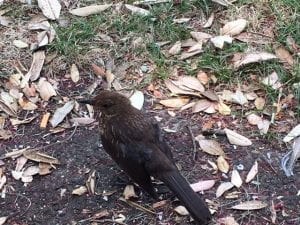
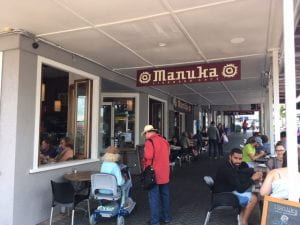


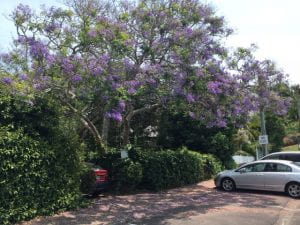

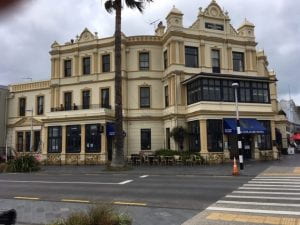


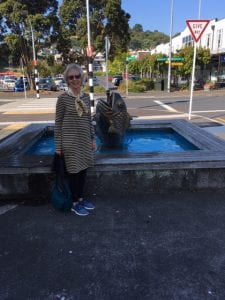

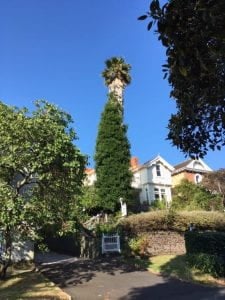

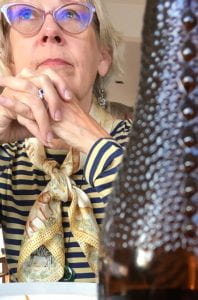
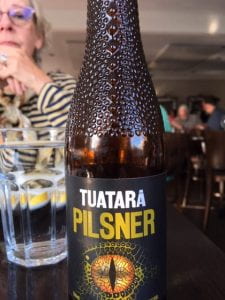


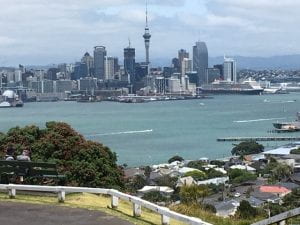


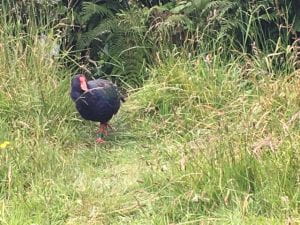






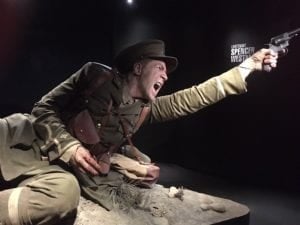
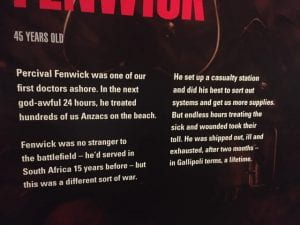
 Fenwick
Fenwick






 https://discussionsbytopic.com/Tree-weta
https://discussionsbytopic.com/Tree-weta

